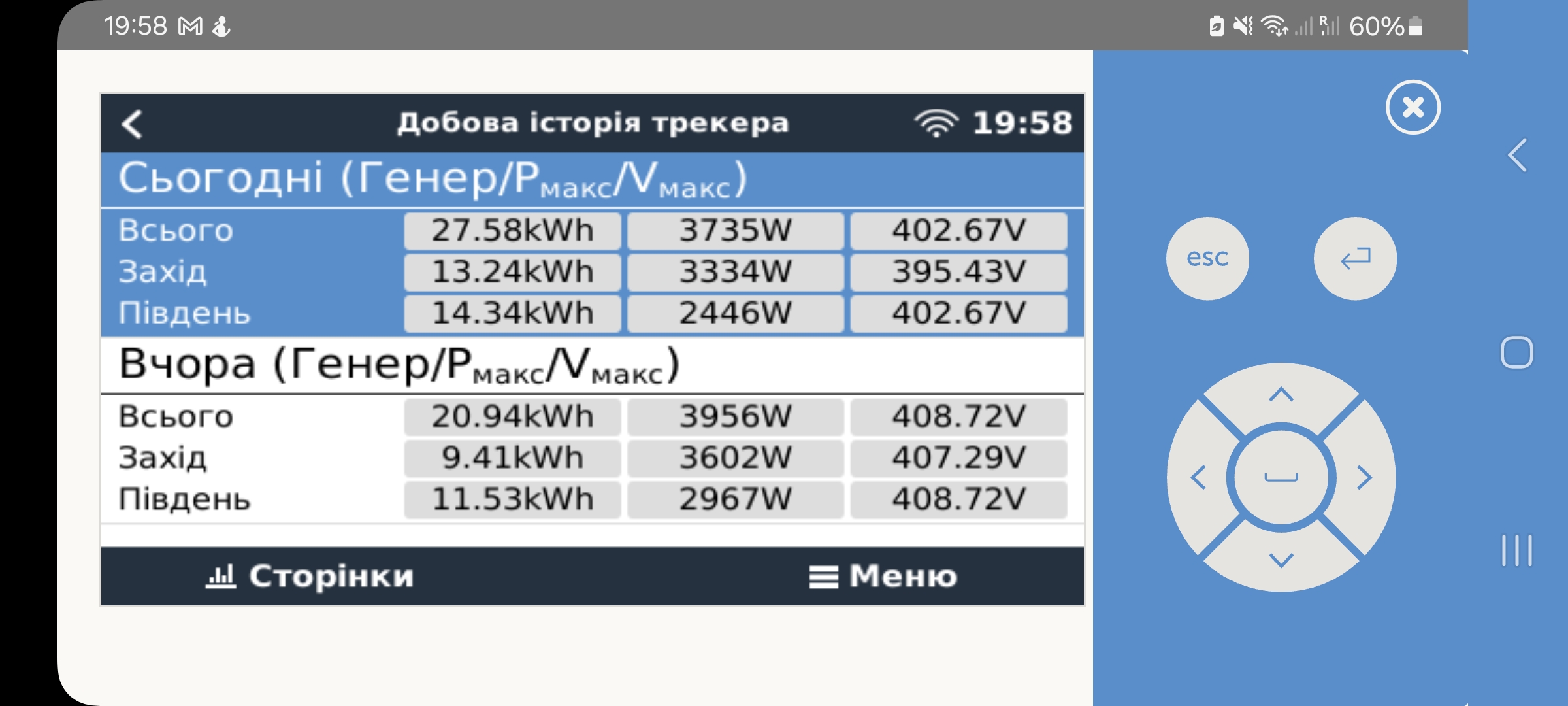Hello Victron & the community,
After reading hundreds of posts and lot of documentation, I still feel I need to verify this, to be sure I'm not doing something advanterous and avoid invalidating warranty.
The Multi RS manual states these conditions:
- maximum rated voltage of the solar charger is 450 V
- rule of thumb: Keep an additional 10% safety margin
- each tracker is 13 A (reversed polarity), maximum short circuit current of 16 A for each tracker
- open circuit voltage of the PV array must be less than 8 times the minimum battery voltage when at float (--> 51.7V * 8 = 413.4V)
So for example, maximum per-tracker power capacity for above mentioned Voc x 8 would be 413.4V * 16A = 6608 W
Yet the product is branded as inverter with MPPT trackers 3 kW each.
Looking into various posts, people don't discuss any other limits than those from manual chapter 4.3. Specifically @Alex_Pescaru (but found similar statements in other posts) advices:
- "Over-paneling on a MPPT (4kWp on a 3kWp tracker) it's not necessary a problem as long as you respect the maximum input voltage of the tracker and the maximum short circuit current of that tracker."
In my example with 8 x 455Wp panels on 1 tracker of Multi RS:
- 8 * 455 Wp = 3640 Wp (BTW in reality never exeeds 89% --> 3240 Wp)
- 8 * 49.5V (VOC) = 396V (well bellow 413.4V and 12% bellow 450V)
- 455W / 41.7V (voltage at max. power) = 10.9A (well bellow 16A)
Thus voltage and current seems to be well bellow rated values, including 10% adviced margin.
I tried to use Victron MPPT caluclator, but not sure if I can trust it, it behaved funky. When I entered 9 panels, nothing appeared, then after reducing some standalone trackers appeared. I have to reduce panel quantity all the way to 2 panels (Longi Solar LR4-72HPH-455M) for Multi RS + Easy Solar II + Multiplus II to appear. Then I increasing count, Multi RS stayed there up to 7 panels, which makes little sense, since it's not respecting the 3 kW claim in marketing materials, but is bellow my calculations (should go up to 8).



